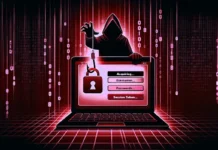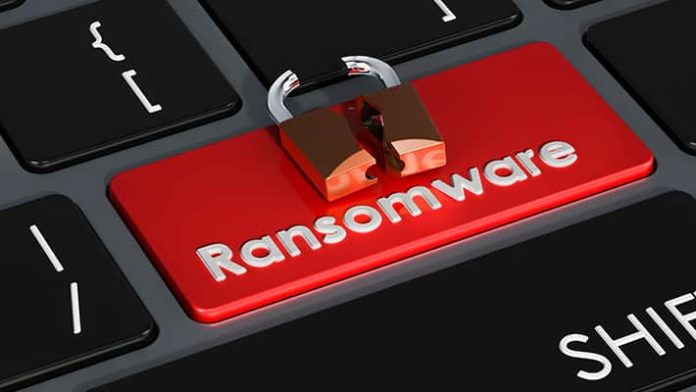Suffering a ransomware attack has become a common occurrence for businesses in most industries. And, ransomware groups are not showing any signs of slowing down, keeping organizations and the authorities on alert at all times. Below is our guide outlining what recovery steps you can take should your company be the victim of a ransomware attack.

What Is a Ransomware Attack?
If you are familiar with the basics of SAP security but need to be better-versed in the various forms of cyberattacks, then you should learn more about ransomware. Organizations should prioritise spending to implement a solid cybersecurity and SAP security strategy. Furthermore, organizatioins should prioritize education staff and resources in the various styles of cyberattacks.
Ransomware is a tactic hackers use to obtain access to confidential information that may be stored on a company’s cloud servers. They can use this information to gain leverage over the company, often for a financial motive.
For instance, a hacker may steal client information and then demand a ransom to keep that information private. If the ransom is not paid, the company risks the hacker releasing the information and damaging its reputation.
These attacks can be devastating because they can cause irreparable damage to a business in the eyes of its clients or the wider public. If enterprises pay the ransom, they face significant costs.
Identify Impacted Systems
The first step in any data retrieval process is to understand what systems were impacted by the ransomware attack. There are occasions when you can isolate one or two systems that were in the firing line of the hackers.
Ensure no incoming or outgoing connections are permitted involving those systems. A standard hacking tool is to gain entry into a server through one system and then branch out into all the company’s online operations. If you can close off the internet connection to the impacted system, you may be able to prevent broader problems.

Source: Christina at Unsplash
Understanding SAP Security
Many organizations run their day-to-day business processes on an ERP system such as SAP. The organization’s SAP system will have a great deal of sensitive company information that an attack would compromise. The issue for most businesses is that even if they hire an IT specialist to handle cybersecurity, the actions of staff members can leave a system vulnerable.
Ransomware attacks or other hacks commonly originate through phishing emails or texts, phone calls, or brute-force password hacks. Merely having a simple password and clicking on a phishing email or providing information to a nefarious actor over the phone may cause an employee to become the victim of an attack.
Leverage Forensic Data Retrieval Techniques
Even if the unthinkable happens and your systems suffer a breach, you can still retrieve data with the help of a specialist. Hiring someone who provides security services for SAP environments is the best step you can take during this trying time. The specialist will have considerable experience dealing with hacks that you likely will not, allowing them to assist you in data retrieval.
The IT specialist will assess your system image and memory dumps to understand how and when an attack may have occurred. They can also use system backups to restore your old settings and files. While you may lose information gathered between the backup and the date of compromise, the loss would not be significant if you back up your files daily. Take advice from your IT specialist to ensure your business implements these types of daily security measures following a cyber attack.

Source: Scott Graham at Unsplash
Protect Your Business
The long-term health of your company depends on how efficiently you can protect the business from ransomware and other cyber threats. Hackers constantly search for ways to compromise companies, as these strategies can make them a lot of money. Step up security on your SAP systems to avoid cyberattacks, and if you are the victim of one, ensure you know what to do to best mitigate the situation.



































